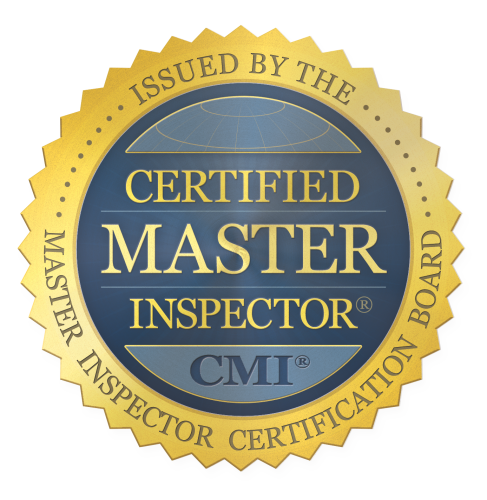Jay's Spring/Summer Maintenance Chore Checklist
These are in no particular order of importance, and if some item doesn't apply to your house, show the list to your spouse anyway and say, "Wow, look at all the things I had to do to get the house ready for spring and summer. I'm really on top of it!" He/she will be impressed with your due diligence...
- Carbon monoxide detector - try the test button
- Foundation Drainage - be sure water from downspouts, the garden and any rain properly drains away from the foundation. Ideally your yard and gardens should be graded at least 1" for every 4' away from the house.
- Exterior - clean the siding, caulk cracks and gaps that have opened up during the winter, clean the yard of debris and fallen branches, do a safety examination, cut vegetation at least 1' away from the siding, etc. (Note: caulking is a very cheap and effective way of making the home more energy efficient.)
- Paint - look for mildewy, peeling or blistering paint. Check for cracks which can be sealed with putty or caulking. Wipe your hand over the paint to see if the powdery chalk comes off. Clean it up, prime it and paint it!
- Air conditioner - if you don't have an annual tune-up, check your filter (which you should do monthly) and clean or replace as needed, clean bushes and growth from around the compressor so it can breathe properly and adjust your ducts to send more air pressure to the upper level.
- Boiler - surprisingly, now is a good time to have your annual tune-up on a boiler because it is often cheaper now than in the fall and your technician is likely to not be so busy.
- Fire - practice your fire escape plan with the family. Check the charge of any fire extinguishers.
- Gutters - clean of debris. The helicopters from Maple trees and fuzzy seeds from Oak trees clog gutters as much as leaves do in the fall. Check for loose spikes, seal leaky joints and assure the downspouts are attached to the house.
- Water heater - drain a little water from the spigot at the bottom to remove sludge and sediment. The burners need to be checked and perhaps cleaned. Be sure you know what you are doing!
- Window and door framing - check for rot and if wood siding is too close to the soil, get the soil off. If you see evidence of termites, like chewed up or powdery wood, call a specialist.
- Trees - trim branches that hang over the house or chimney (especially if large or dead), and where they might rub on the roof.
- Smoke detectors - test!
- Roof - check flashing around the chimney or where shingles abut brick or siding, check the chimney mortar cap for cracking, and check for broken, cracked or missing shingles.
- Chimney flue - check for debris, water staining, soot build up. Have the flue swept if the soot build up is 1/8 inch or more.
- Garage door - test the mechanism and adjust as needed. The down-force interrupter can be checked with a 2x4 on the garage floor underneath.
- Check floor drains in an exterior stair way or inside the house. If evaporated, replace the trap water.
- Indoors - repair caulking around tubs and showers, test GFI outlets, check out the crawl space, check for condensation in the basement, crawl space or collecting on foundation walls. Dry out appropriately.
- Kitchen - Clean grease from range hood or ducts, clean the refrigerator coils, clean the disposal with baking soda/vinegar and chase it with lemon peels that you grind up.
- Decks - treat with stain or paint. If you use a stain, use one that provides UV resistance in addition to water-proofing. The sun does more damage to decks than rain and snow. Replace loose nails with galvanized deck screws.
- Foundation - outdoors - if you are experiencing a drought, be sure to water around the foundation to fill in any gaps created when soil dries out.
- Termites - check inside for wet wood, visible mud tunnels, flying termites, frass, etc. This is a good time to check for carpenter ants. The little sugar ants can be controlled with small traps or a sprinkle boric acid in cabinets, under the dishwasher or fridge.
- Main Water Shut-off Valve - check to make sure it is limber and not leaking. The same goes for the interior hose shut-off valves.
While I don't pretend this is the most comprehensive list in the world, it is at least a great start! So go and do that voodoo that you do so well! I hope this list helps!
My Recommendation: Regular maintenance is the best way to sustain a home's value. In the long run, it costs about 1% of the home's value annually to keep up its value. That includes maintenance, repairs, remodeling and renovations. So get started - what are you sitting there for?

Comments
Post new comment